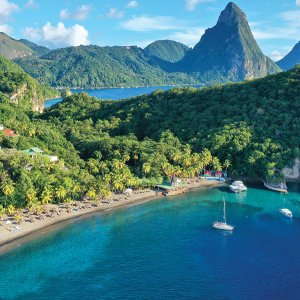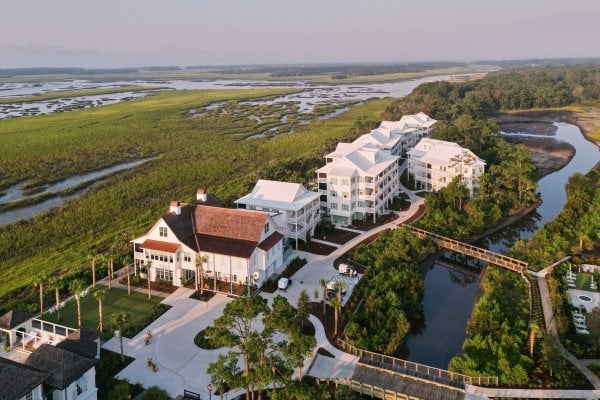Escape to the Caribbean's most enchanting eco-friendly destinations, where romance is in the air and pure beauty is all around.
By: Shea PetersFor couples who want to combine a romantic honeymoon with an eco-sensitive stay, the Caribbean is the perfect destination. Add a carbon offset to the price of your plane ticket and head to one of these dream tropical islands, where nature’s beauty is abundant and protected, and eco-initiatives are important to both locals and tourists alike. The Caribbean way of life and culture is in tune with the preservation of the natural flora and fauna that surround you, and will make your lovers’ getaway a truly memorable one, whether you spend your time in the lush jungle or diving deep on a protected reef.
Trinidad & Tobago
One of the richest outposts for biodiversity in the Caribbean, Trinidad & Tobago, located near the coast of Venezuela, is home to hundreds of species of birds, fish and butterflies. Trinidad is also one of the most important leatherback sea turtle nesting sites in the world — it’s estimated that 20 percent of the world’s sea turtles have Trinidadian ancestry. And each year, as many as 12,000 nesting turtles lay their eggs on the island’s shores. Local organizations encourage both citizens and visitors to experience the yearly rituals of the mother turtles and their hatchlings, while ensuring that the important nesting sites are not harmed. Grande Riviere Beach on Trinidad’s North Coast is the best location to see both the nesting turtles and the eggs hatch. Watching hatchlings push their way up from the sand and make their way to the sea is a must-see, so have your camera ready.
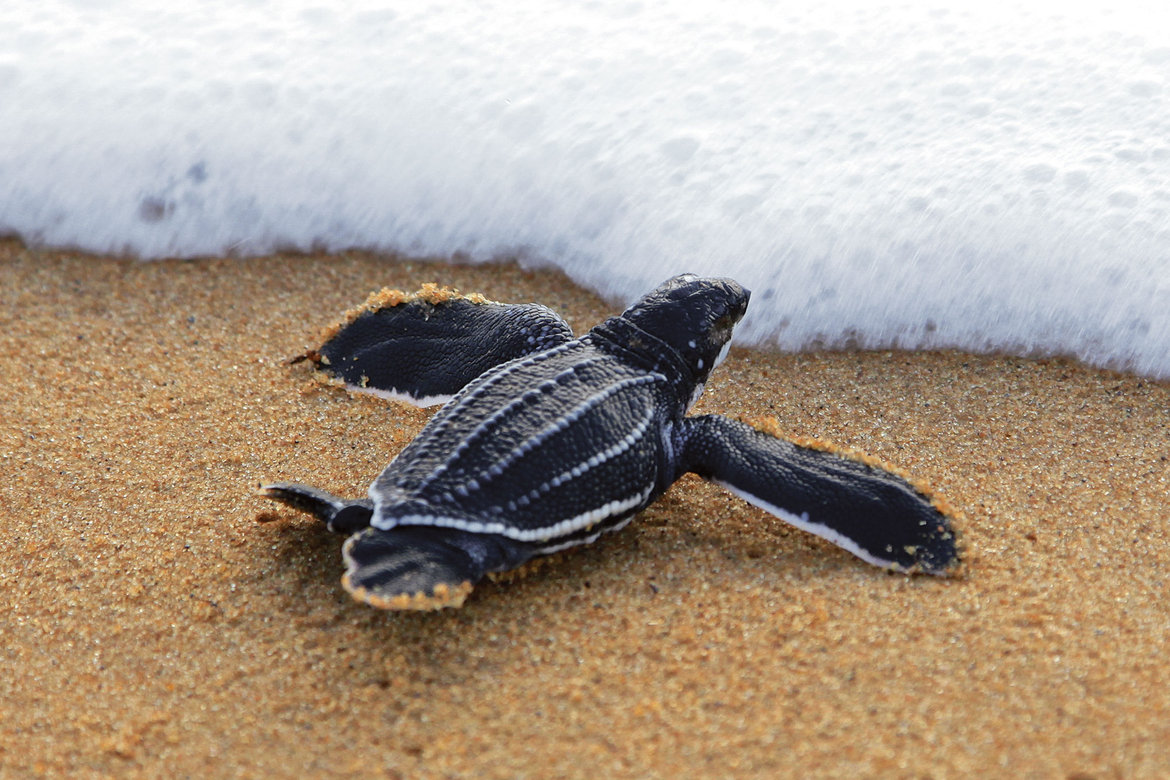
Photo Credit: iStock/Herve06
Where to Stay: Located in Grande Riviere, the small, charming Acajou uses eco-friendly materials in their six cottages, such as the local tropical wood; the hotel’s name means “mahogany” in french. They use very few mechanized tools, ban the use of pesticides on their grounds and conserve water usage, all in the goal to make as little impact on the environment as possible. Rooms rates start at $185 a night.
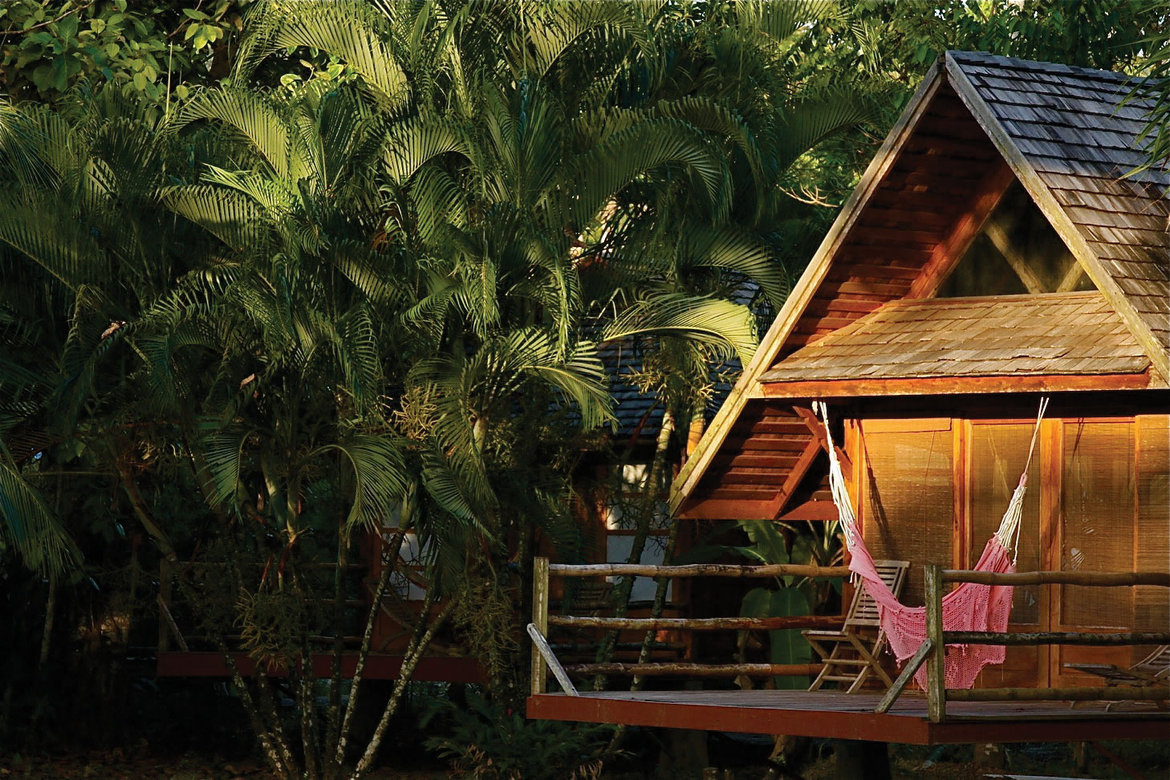
Photo courtesy of Acajou
St. Lucia
Lush St. Lucia is home to the dramatic Pitons, the volcanic peaks that dominate the island’s southwest coast near Soufrière. Deemed a UNESCO World Heritage Site, Gros Piton and Petit Piton are home to many protected species, including the St. Lucia parrot, the national bird of St. Lucia, also known as the Jacquot. It was critically endangered, reduced to a colony of just 100 birds, and now has grown to a still-vulnerable 500 through the actions of conservation groups and policies. Trek through the rainforest on foot or take a bike St. Lucia jungle tour. You’ll be outfitted with bikes, maps and helmets so you can explore 12 miles of trails that wind their way through the jungle, past abandoned sugar mills, plantation ruins and an old reservoir.
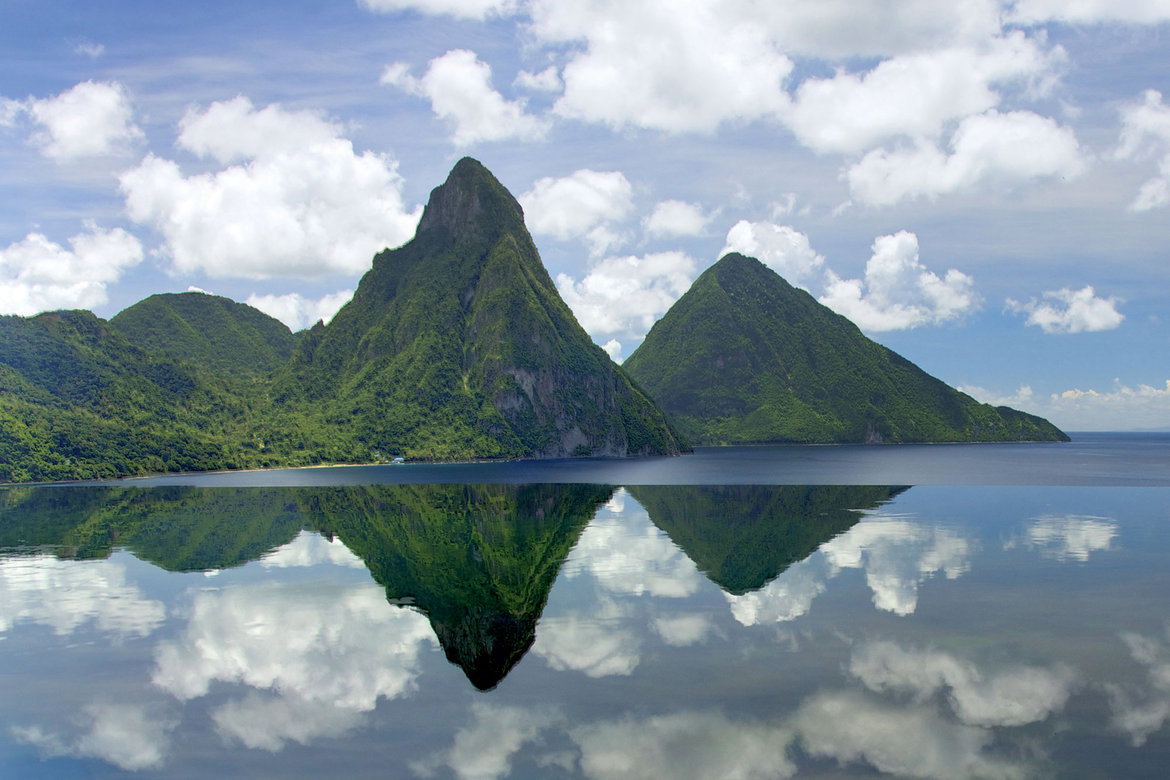
Photo courtesy of St. Lucia Tourist Board
Where to Stay: The 49-room Anse Chastanet defines the meaning of eco-luxury. Set on two beaches and 600 hillside acres, nothing is skimped on here, including the breathtaking views of the pitons from nearly every balcony. Breezy tradewinds provide the air-conditioning and only natural light illuminates rooms during the day. Guests who are so inclined can partake in eco-positive activities such as reef and beach cleaning, as well as tree planting. Room rates start at $455 a night.
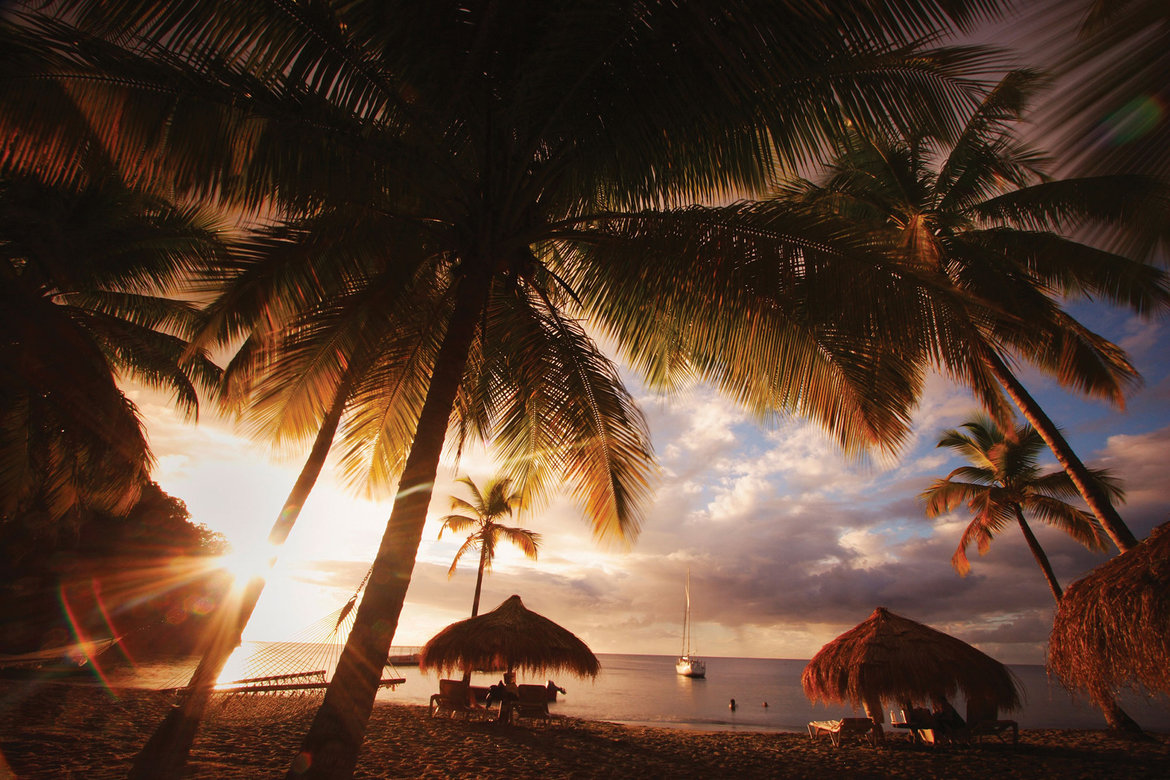
Photo courtesy of Anse Chastanet
Cayman Islands
The colorful coral reefs that surround this trio of islands are their greatest natural resource, making underwater life very important to the Caymans. The playground of the experienced diver, the Cayman Islands have strict policies in place to preserve the reefs that bring not only nature lovers, but marine biologists to study their underwater culture.
Jean-Michel Cousteau’s ambassadors of the environment tour invites eco lovers of all ages to experience the wonders of the Caymans, above and below the waterline. The tours begin at the Ritz-Carlton’s Heritage House, and guests can kayak through the mangroves, go snorkeling at night on the reef, try their hand at underwater photography or stargaze through a telescope, all while learning about sustainable and responsible living. The Caymans also offer other excellent outdoor adventures including cave exploration and visits to turtle farms.
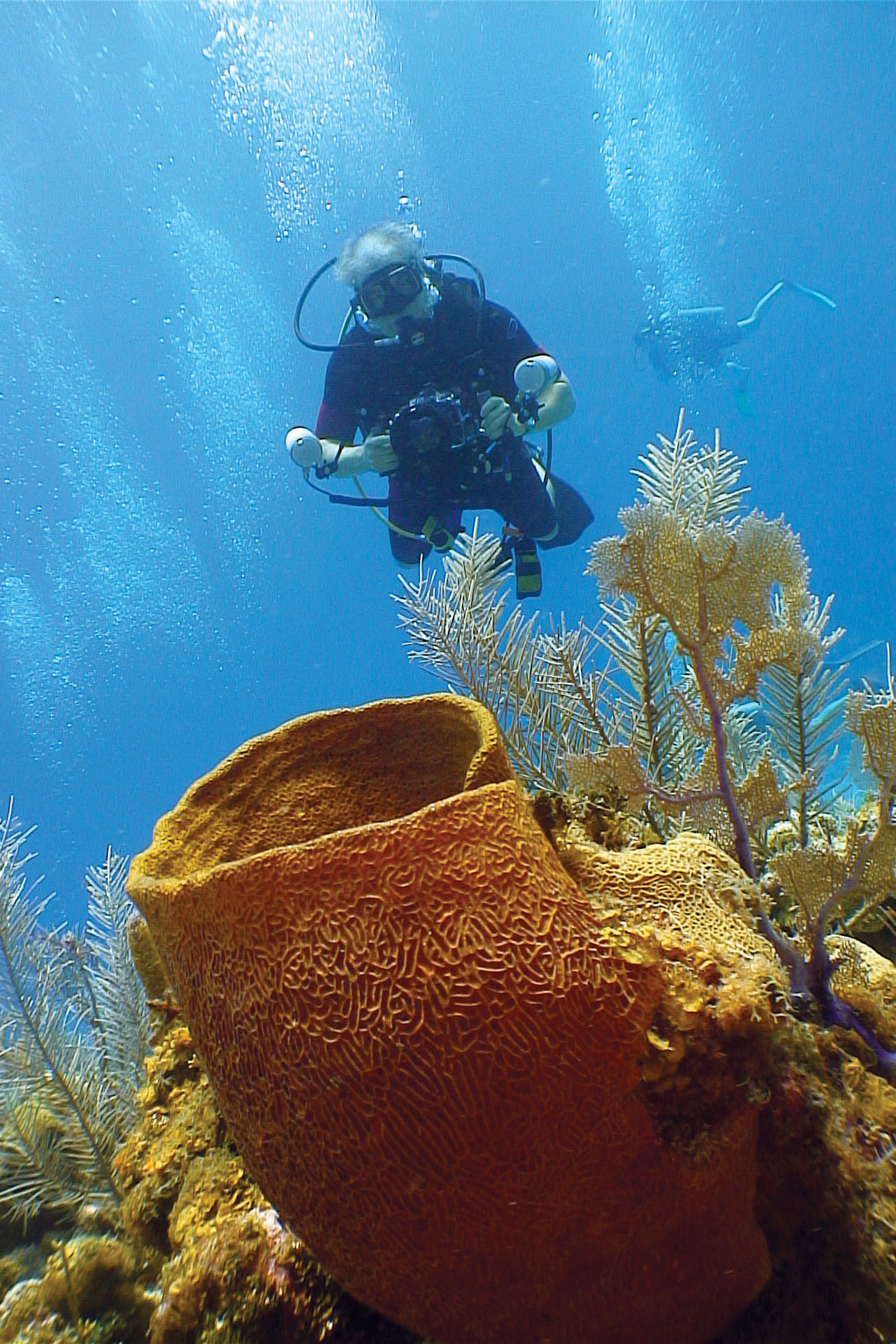
Photo Credit: Jay Easterbrook/Divetech
Where to Stay: The eight-room Le Soleil d’Or on Cayman Brac has breathtaking views of the Caribbean and a holistic health and wellness philosophy. Fruits and vegetables grown in the 20-acre organic garden don’t just appear on the farm-to-table menus, but also in the body scrubs and treatments in the spa and guest rooms, making the property a locavore’s dream. Room rates start at $320 a night.
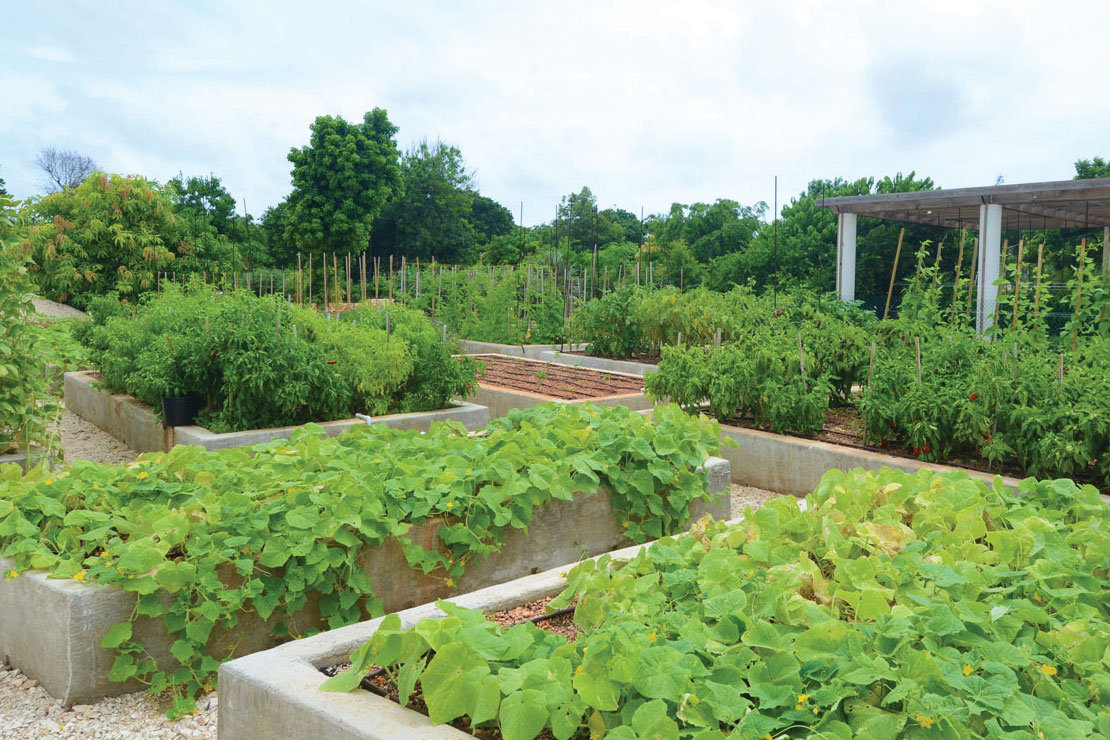
Photo courtesy of Le Soleil d'Or
Aruba
A perennially popular honeymoon destination, Aruba is on track to be the first 100 percent sustainable country in the world by 2020, with the goal of transitioning off fossil fuels through the use of wind farms, solar cells, and other renewable energy sources. This will better preserve the island’s natural beauty, beaches and dramatic landscapes, some of which you can experience in Arikok National Park on Aruba’s eastern coast. The spectacular Natural Pool on the shoreline is an oversized tidal pool where swimmers and snorkelers paddle in relative calm near the crashing waves, and get up close to the fish and sea creatures brought in by the surf.
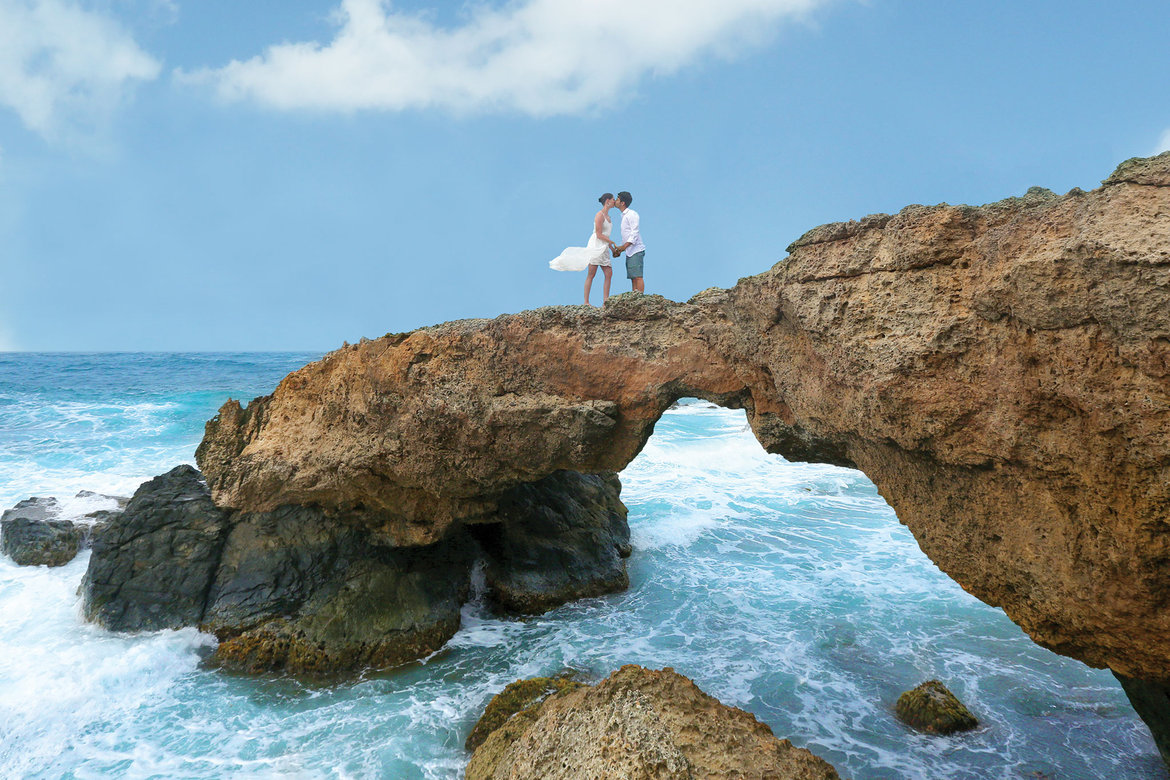
Photo courtesy of Aruba Tourism Authority
Where to Stay: The 104-room Bucuti & Tara Beach Resort on Aruba’s pristine Eagle Beach is serious about reducing its environmental impact, whether the guests who stroll across its gracious green lawns or lounge on the white-sand beach are eco warriors or not. They deploy solar panels, use biodegradable detergents and have installed low-flow faucets in pursuit of being an environmentally sensitive resort conscious of the footprint its guests may leave. Bucuti also funds conservation efforts protecting native flora and fauna like the giant sea turtles, and supports a local donkey sanctuary. Room rates start at $333 a night.
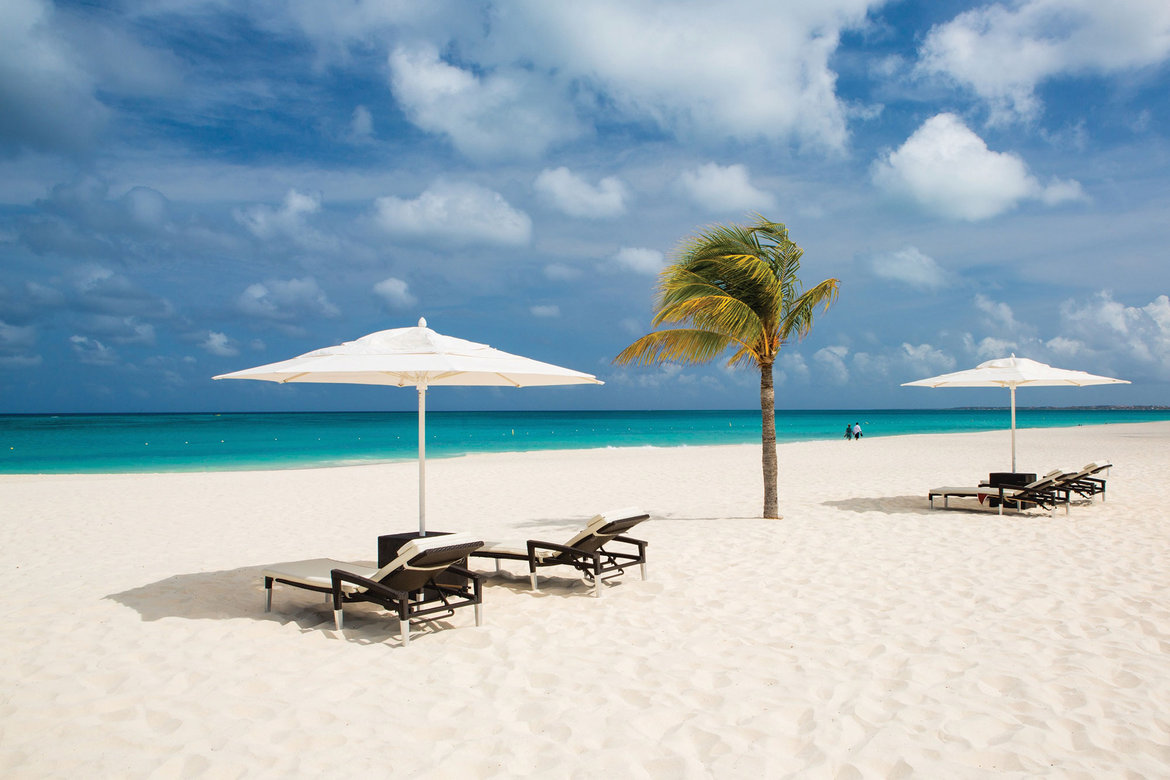
Photo courtesy of Bucuti & Tara Beach Resort




